Enjoy this selection of 6 different critters found on campus as well as some information about each critter.
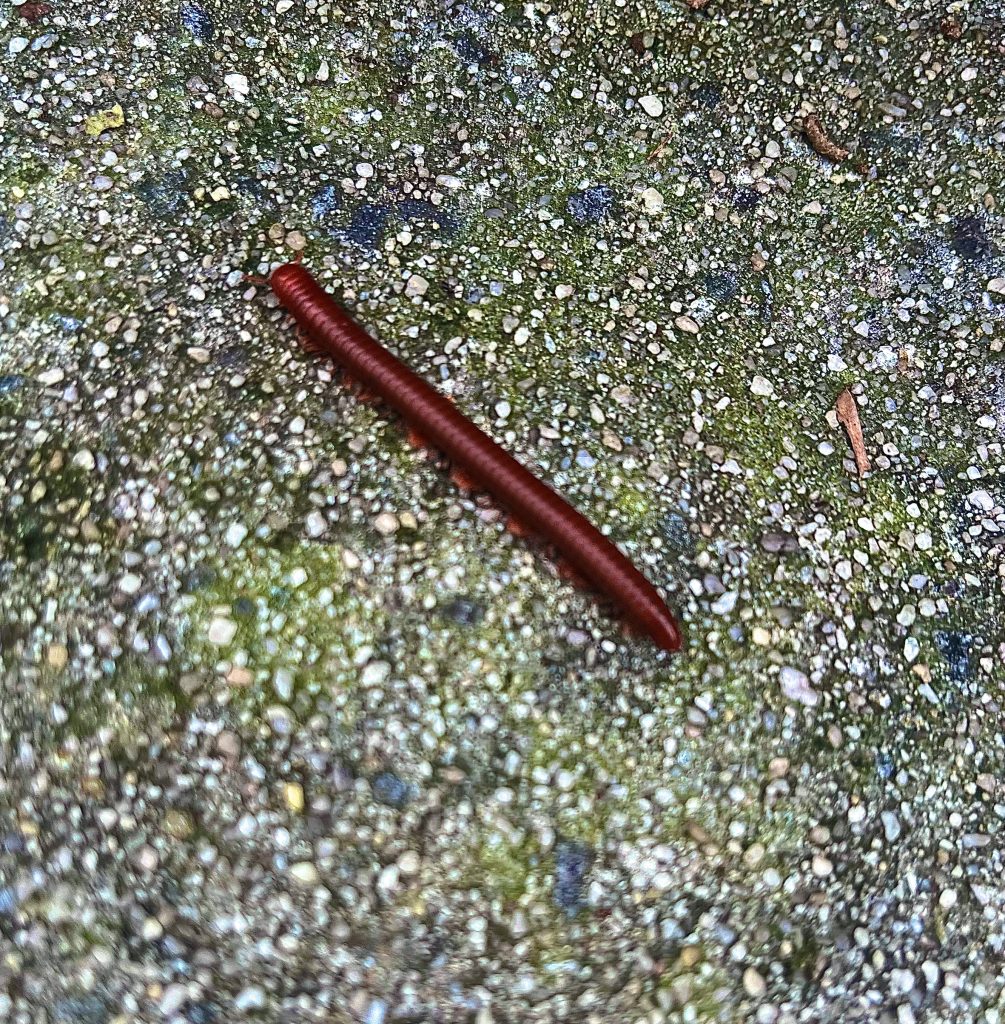
Rusty/Common Asian Millipede are an invasive species from Southeast Asia that have come to inhabit South and Central Florida. They eat decaying plant matter, making them a valuable friend to have around gardens. They also use foul smelling, irritating fluid secretion as a defense mechanism, so while they are safe to handle be mindful to always wash your hands after touching one.
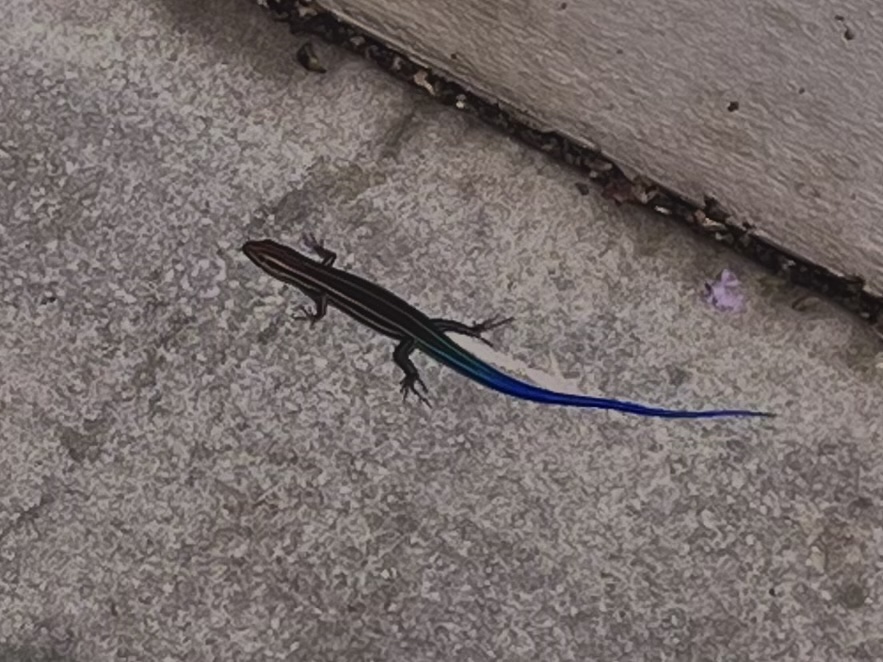
Blue Tailed Skinks use their name’s sake as a defense mechanism. They use their tail to distract the predator and make an escape. Although if the tail is caught, it detaches from the rest of their body, letting the skink get away. They are super important helpers for pest control and prefer to hunt small invertebrates during the day.
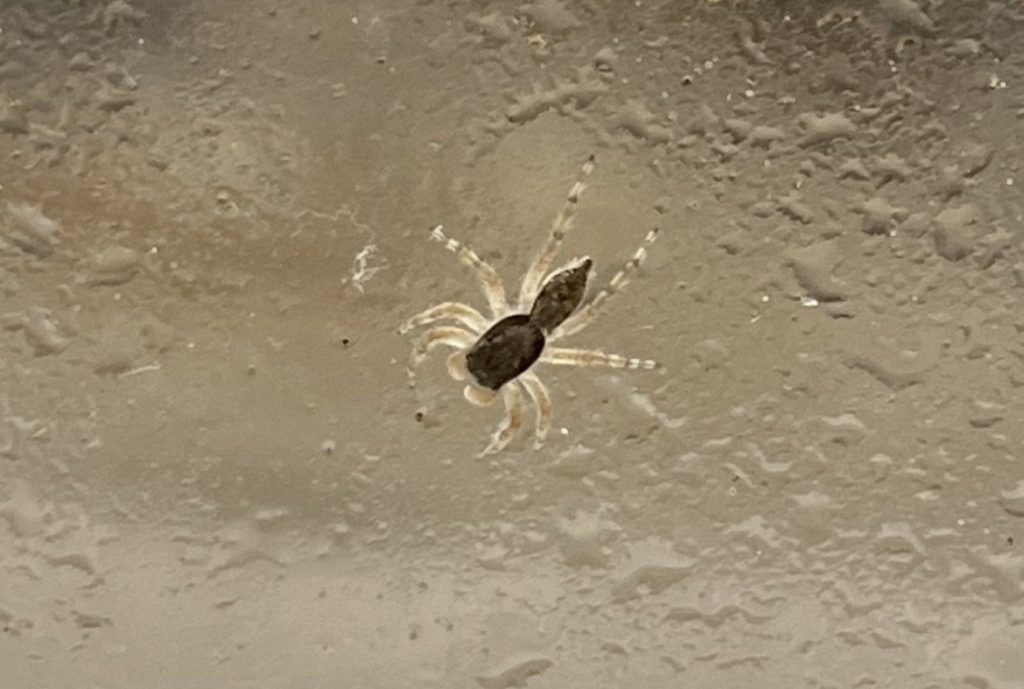
Gray Wall Jumping Spiders are common inside buildings around campus. Their large eyes and markings are most helpful when trying to identify them. They are even considered the invertebrate with the best eyesight due to their large eyes that help them stalk and attack their prey throughout the day. Though they are safe to handle, they will bite if they feel threatened which can cause an allergic reaction for some people. So just be mindful when interacting with this critter.
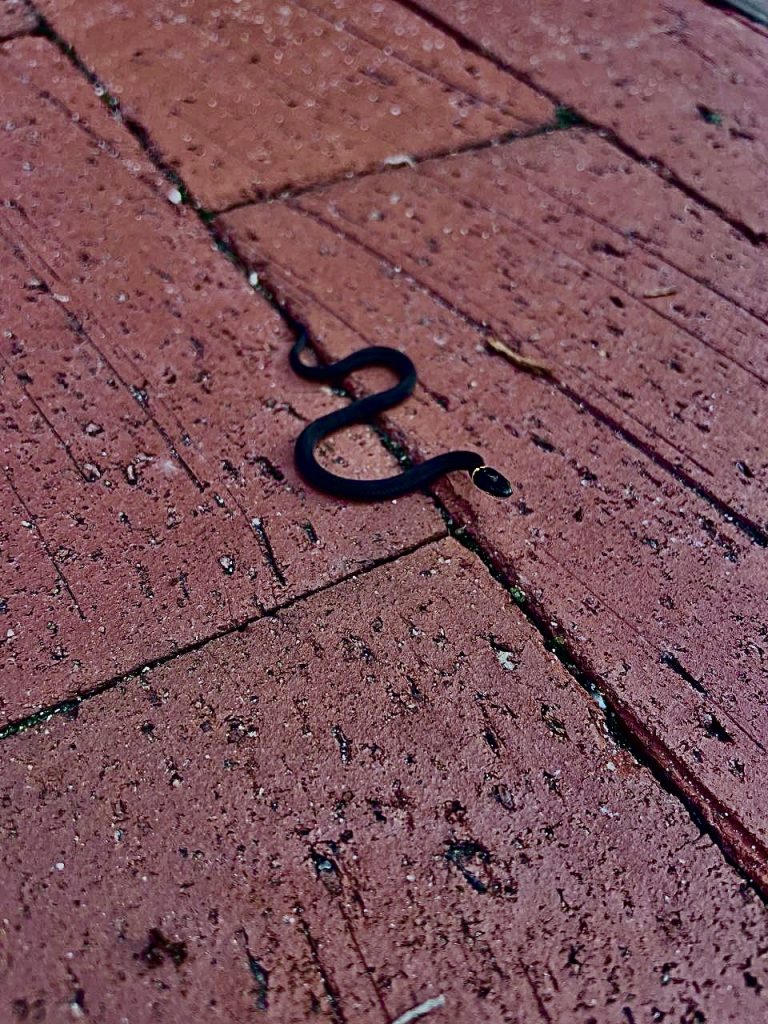
Southern Ringneck Snakes are quite common in Florida. These little fellas only get to 6-7 inches in length and are completely harmless to humans, to the point where they are quite common as pets. Though they are primarily nocturnal, they do love a good sunbathe every once in a while.
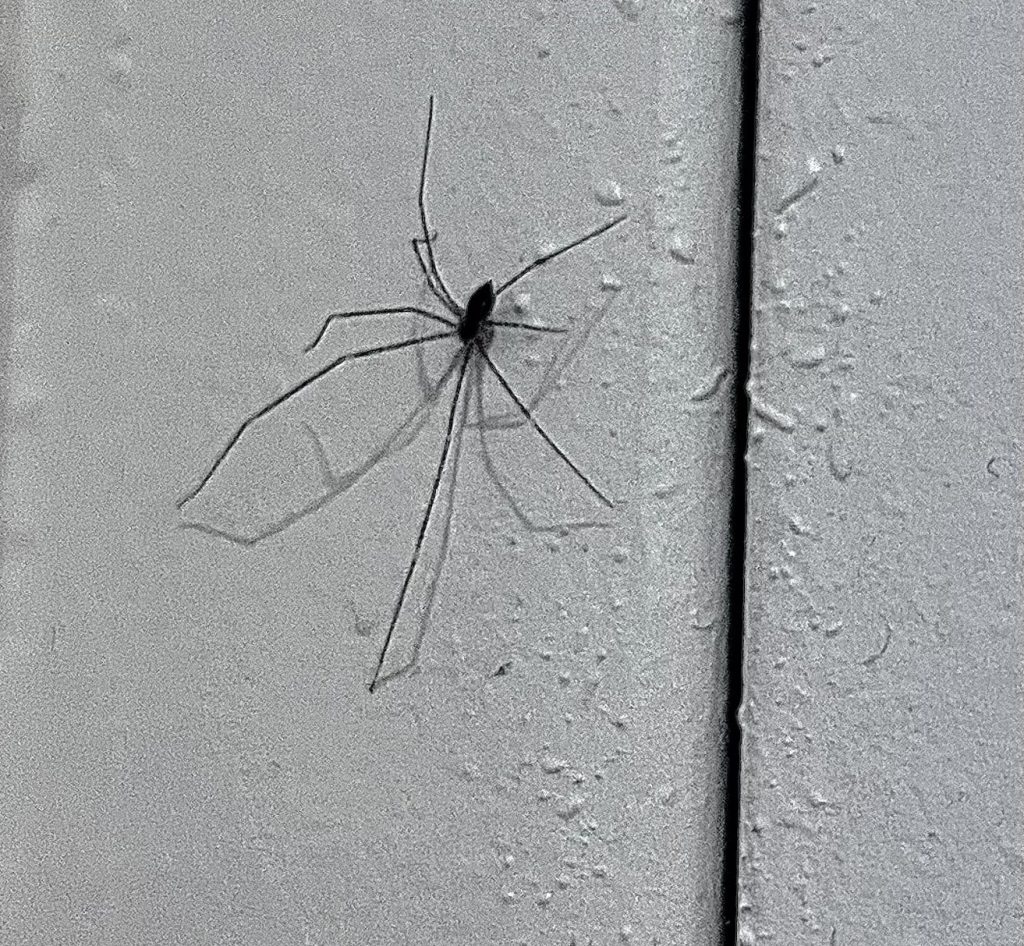
Cosmopolitan Cellar Spiders are a type of daddy long legs, having legs that can be up to 6 times their body length. They are also known for making messy, tangled looking webs unlike most spiders.
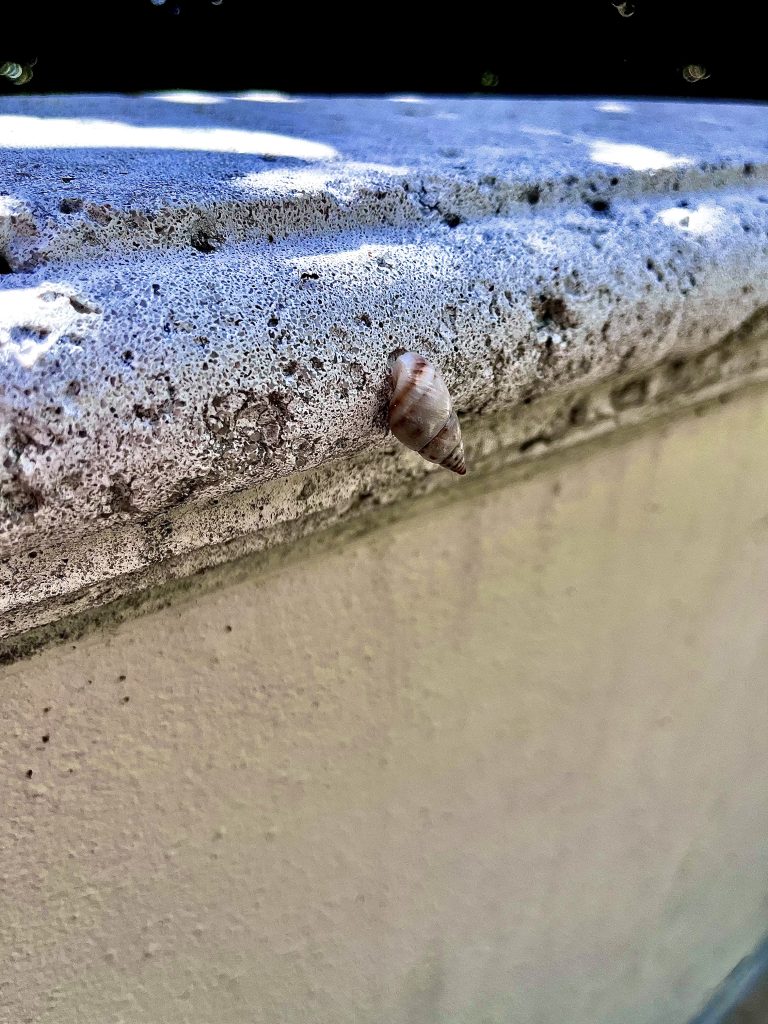
Florida Tree Snails are known for their wide variety of distinctive colors. They are also hermaphrodites, meaning they have both male and female reproductive organs. They are considered a Species of concern and are protected from relocation by the FWC’s Tree Snail Relocation protocol, meaning it is best to leave them where you found them.







Comments are closed.